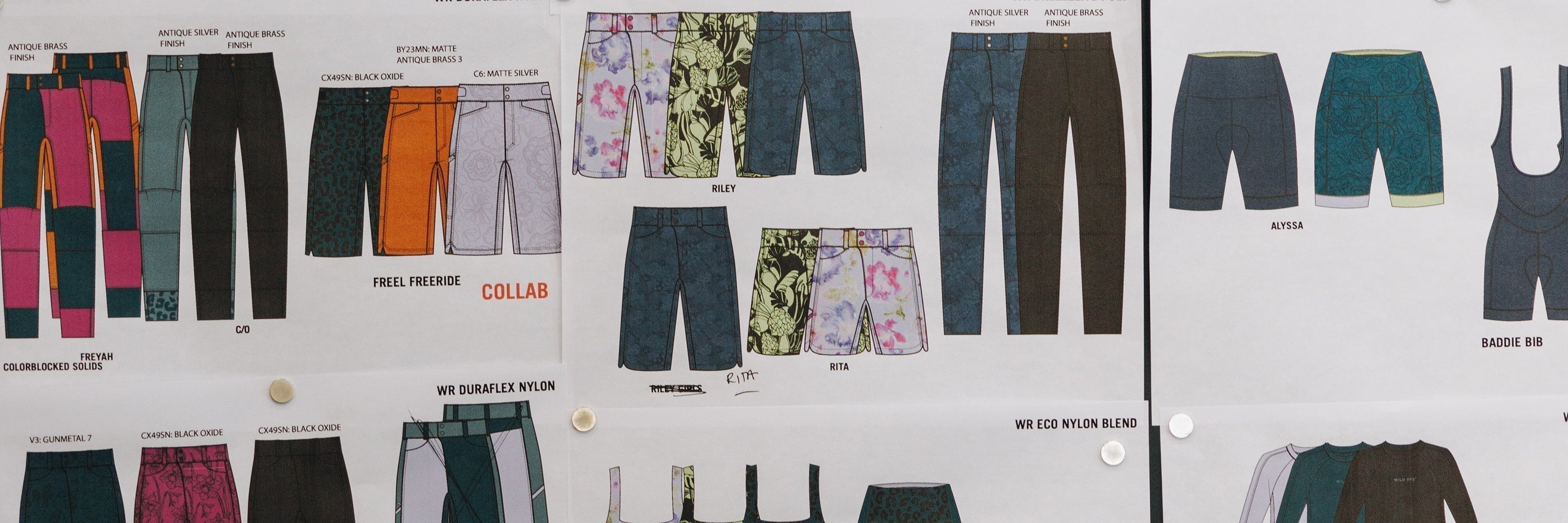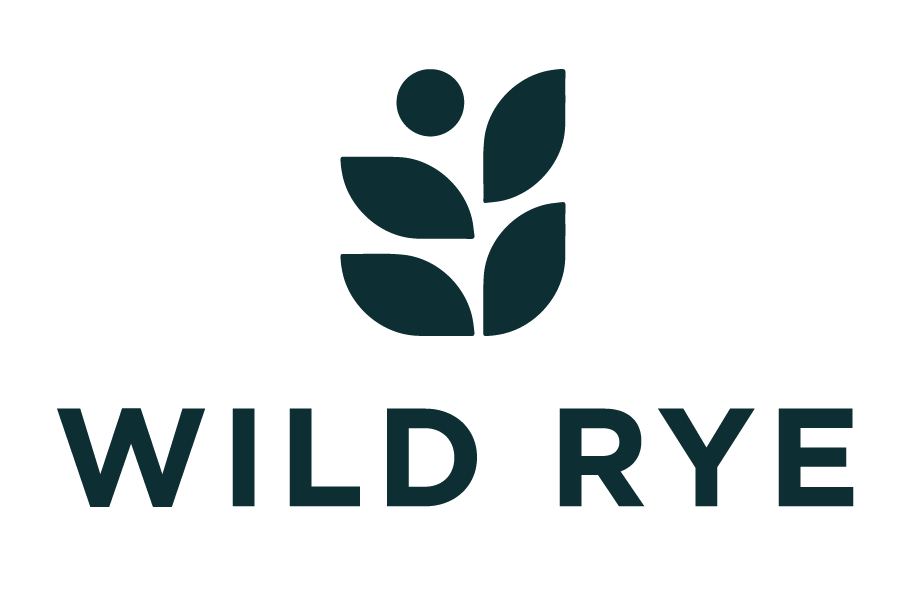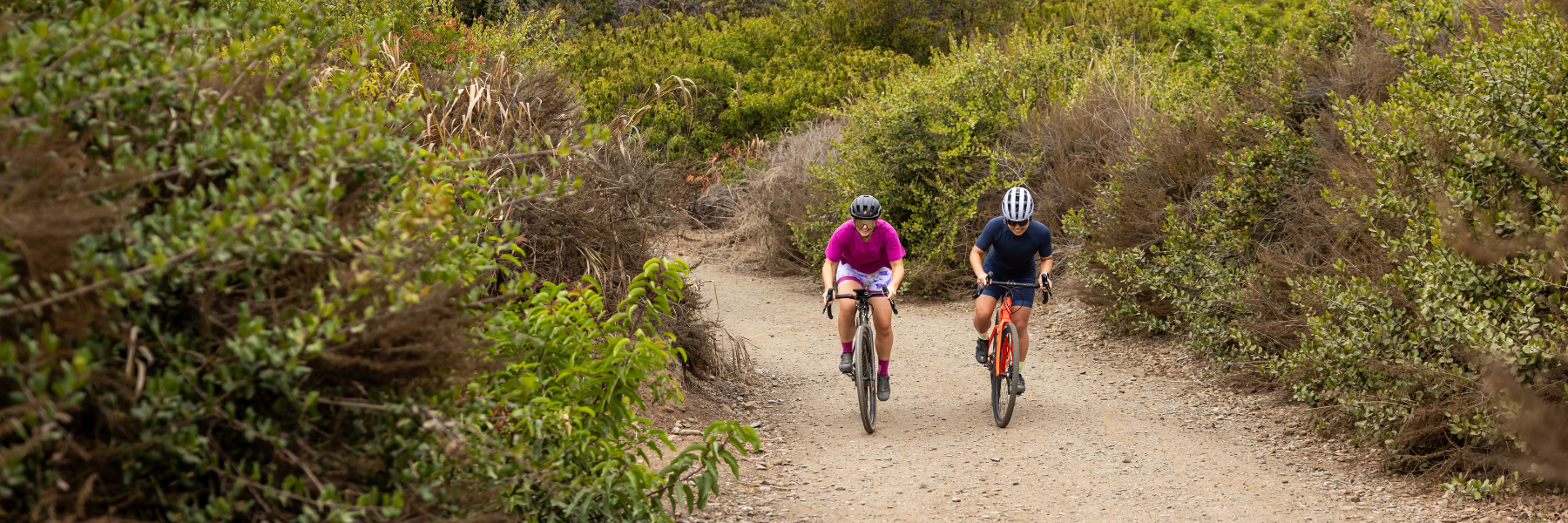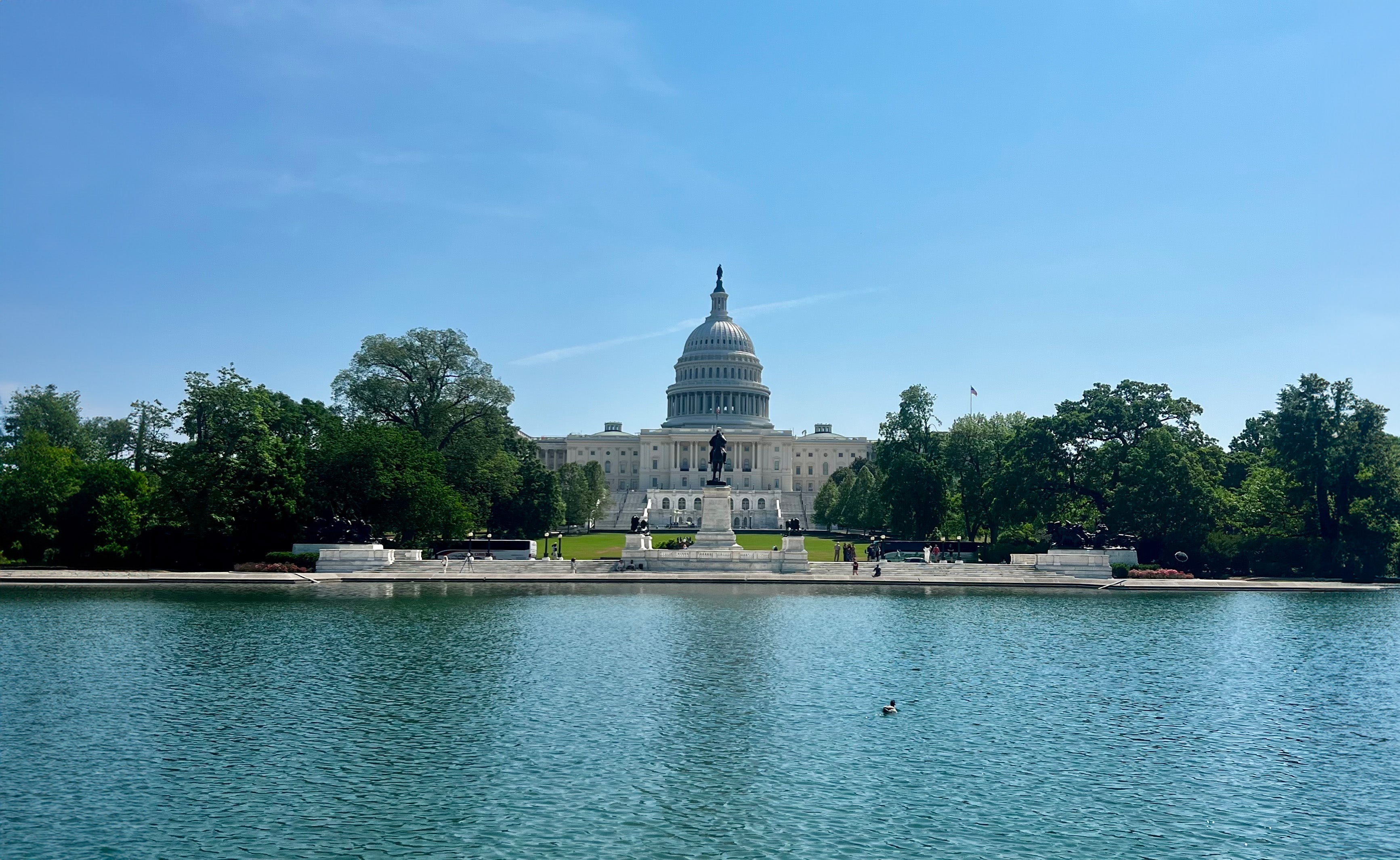
What New Tariffs Mean for Wild Rye (and You)
As you’ve likely heard, new U.S. tariffs on imported goods are creating big challenges for outdoor brands like Wild Rye. We’ve always been committed to being open and transparent with our community, so just wanted to fill you in on what’s happening (for real) and how we got here.
As of today, our rates have gone from 30% to 159% duties (AKA tariffs) for our goods since February. While the exact numbers and timelines are still evolving, the TLDR version is that if these stick, manufacturing apparel will get more expensive in the near future, making it harder for small businesses to stay competitive and for consumers to access the quality products they love at fair prices.
For retailers, it means higher wholesale costs that squeeze already tight margins or force them to carry fewer styles. For customers, it will likely result in price increases —especially from small- to medium-sized brands that don’t have the scale to absorb costs like big-box companies do.
Wild Rye Pricing Update
Spring/Summer 2025 prices won’t change. These products were brought in prior to most of these changes, so we were able to absorb the additional 10-20% at the time of import. While some brands are bumping up prices to try to prepare for the next season, we have decided not to.
Fall 2025 and beyond is TBD. With tariff rates continuing to shift, we haven’t finalized pricing for later seasons. We’re working closely with our factories and retail partners to keep any future increases as small as possible.
But to give you an understanding of how retail math works, let’s break it down with a simple example. Say it costs us $20 to make a pair of shorts overseas. Under the old tariff rate of 30%, we’d pay an additional $6 in import taxes, bringing our total cost to $26, which depending on margins, comes to around $100 MSRP.
Now, with the new proposed tariff rate of 159%, that same $20 pair of shorts would come with a $31.80 tariff—more than the original cost of the product. That brings our total cost to $51.80, leading to a roughly $207 MSRP - over double the retail price for the same pair of shorts.
Wild Rye’s Manufacturing Journey
In case you’re thinking “Just move your manufacturing back to the USA!” That would be great, but it’s not that simple.
When Wild Rye started in 2016, our intention was to be a made-in-the-USA brand. We partnered with a domestic factory, but doing so almost sank our business before we even launched. The product was flawed, delivery was late, our US “partners” took no accountability for their mistakes, and the communication was poor. While we hope one day there can be options for domestic manufacturing, the reality is these options don’t currently exist and would take many years to develop. The supply chain is not available and there is not enough capacity to even put a dent in the needs of textile manufacturing (more on that in a sec).
Ever since, we have worked with an incredible group of partners in China, who believed and invested in us when we were too small for most. The teams have traveled to our small HQ in Sun Valley, Idaho multiple times and have become friends. They communicate with us at all hours of the day, celebrate our wins, and work with us through challenging situations. They have consistently delivered high-quality products on time, which has allowed us to build a growing base of loyal customers who trust us. These manufacturing partners have played a huge role in our success story.
Due to mounting tensions over the last few years, we explored manufacturing outside of China, but there are limited factories able to produce the technical product at the quality our customers expect from us and at the lower volumes we require. For reference, with our Chinese manufacturers we have minimum quantities (MOQs) of 300 units, whereas with potential Vietnamese partners, the MOQs start at 10x that.
This isn’t just a Wild Rye problem. It took generations to get here.
We get it—when people hear “made in China,” they often cringe. But the truth is, technical outdoor apparel is incredibly specialized. Think: waterproof seams, four-way stretch, recycled materials and PFAS-free DWR treatments, moisture-wicking finishes, high-quality zippers, durable construction. These aren’t your average t-shirts. Decades ago, U.S. apparel production shifted overseas because:
Labor and material costs were significantly lower, making it possible for brands to offer high-quality products at a reasonable price.
Manufacturing infrastructure was built up in Asia, especially for performance apparel. That means the factories, skilled labor, and supply chains we need to make outerwear and bike shorts all exist there—not here.
Domestic options are extremely limited. The U.S. simply doesn’t have the volume of factories, skilled workers, or technical materials needed to produce at the scale or precision required by brands like ours.
We’d love to see that change. But it took generations to get us to this point and it’d take generations of concentrated efforts to bring manufacturing back to the US.
So… What Can You Do?
If you’re someone who values well-made products from an independent, women-led brand, your support goes a long way—especially during uncertain times like these. Every purchase helps us keep doing what we love: empowering women in the outdoors and beyond.
Write and/or call your representatives and tell them to act! This is much bigger than one business— it is impacting everyone.
Stay informed. If you want to dig deeper into the issue, this podcast is a great place to start.
We’ll continue to be open with you as things evolve. And we’ll keep advocating for fair trade policies that don’t make it harder for small brands—or their customers—to thrive.
Thank you for your support (and getting to the bottom of this, literally).
Cassie and the Wild Rye team



![[Saffron] Danner 3/4 Zip saffron yellow flatlay](http://wild-rye.com/cdn/shop/files/DANNER_SAFFRON.jpg?v=1764970727&width=2160)
![[Saffron] Danner 3/4 Zip Saffron yellow front crop view](http://wild-rye.com/cdn/shop/files/WILDRYE4908.jpg?v=1764970727&width=2048)
![[Shaded Spruce] Heyburn 3L Jacket in Shaded Spruce, flatlay](http://wild-rye.com/cdn/shop/files/WildRye_HeyburnJacket_Spruce_1.jpg?v=1766172700&width=2048)
![[Shaded Spruce] Heyburn 3L Jacket in shaded spruce, on model front crop view](http://wild-rye.com/cdn/shop/files/WILDRYE5928.jpg?v=1766172700&width=2048)
![[Amethyst] Heyburn 3l bibs in amethyst, flatlay](http://wild-rye.com/cdn/shop/files/WildRye_HeyburnBib_Amethyst_1.jpg?v=1766172717&width=2048)
![[Amethyst] Heyburn 3l bibs in amethyst, on model front full body view](http://wild-rye.com/cdn/shop/files/WILDRYE6799.jpg?v=1766172717&width=2048)
![[Olive You] Freyah Pant Olive flatlay](http://wild-rye.com/cdn/shop/files/FREYA_OLIVEYOU.jpg?v=1757356787&width=2160)
![[Olive You] Freyah Pant Olive front full body view](http://wild-rye.com/cdn/shop/files/WILDRYE3613.jpg?v=1757436391&width=1815)
![[Storm Contour] Bassett Half zip in storm purple with light purple floral pattern, flatlay](http://wild-rye.com/cdn/shop/files/BassettHalfZip_StormContour.jpg?v=1757965879&width=2160)
![[Storm Contour] Bassett Half zip in storm contour, on model front crop view](http://wild-rye.com/cdn/shop/files/WILDRYE4159.jpg?v=1757965879&width=2048)
![[Chestnut Storm] Brown baselayer legging with purple colorblocked stripe on each leg, flatlay](http://wild-rye.com/cdn/shop/files/BassettLegging_Chestnut.jpg?v=1757963384&width=2160)
![[Chestnut Storm] chestnut storm blocked baselayer legging, on model front crop view](http://wild-rye.com/cdn/shop/files/WILDRYE4041.jpg?v=1757963384&width=2048)
![[Shaded Spruce] Payette insulated pullover in shaded spruce, flatlay](http://wild-rye.com/cdn/shop/files/WildRye_PayettePullover_Spruce_1.jpg?v=1758837674&width=2048)
![[Shaded Spruce] Payette insulated pullover in shaded spruce, on model front crop view](http://wild-rye.com/cdn/shop/files/WILDRYE5759.jpg?v=1758838275&width=2048)
![[Iris] Payete Insulated Pant in Iris purple with floral contrast stitching, flatlay](http://wild-rye.com/cdn/shop/files/WildRye_PayettePant_Iris.jpg?v=1758840409&width=2048)
![[Iris] Payette Insulated Pant in Iris purple, on model front crop view](http://wild-rye.com/cdn/shop/files/WILDRYE5496.jpg?v=1758840409&width=2048)





Leave a comment
This site is protected by hCaptcha and the hCaptcha Privacy Policy and Terms of Service apply.